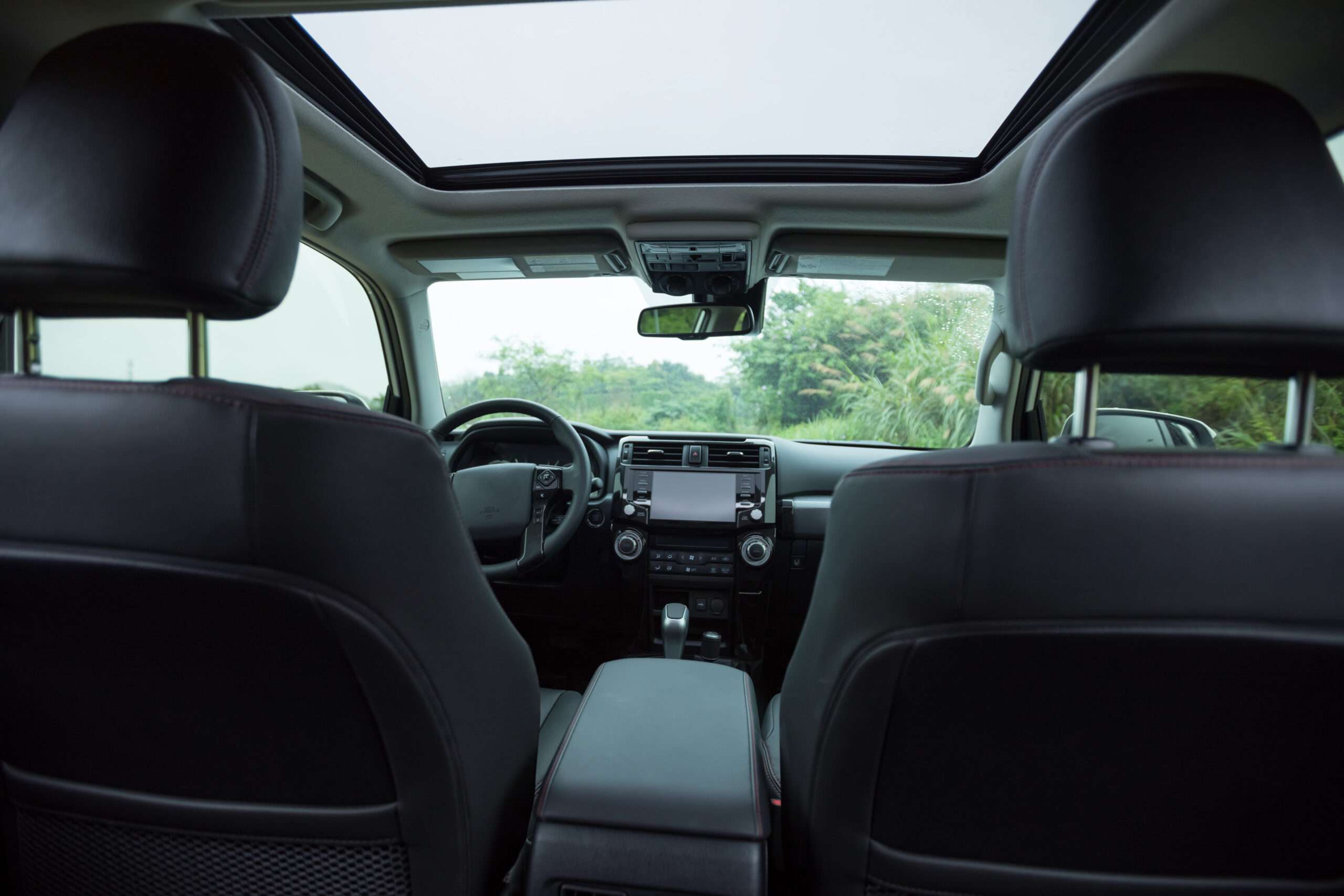Tips for Protecting Your Vehicle’s Interior
Whether you’ve recently purchased a new vehicle, or you’re trying to extend the life of your current one, properly maintaining the vehicle’s interior is crucial to overall vehicle health. In this article, we’ll break down why protecting the inside of your vehicle is so important, what materials you need to be aware of, everyday practices for maintaining cleanliness, tips specifically for upholstery and finish protection, and products to invest in for long-term protection. Keep reading to learn how to keep your vehicle’s interior pristine.
Understanding Different Types of Vehicle Interior Materials

How you protect your vehicle’s interior depends largely on the materials inside. Materials typically include plastic, vinyl, fabric, leather, and metal, each of which has different care requirements.
Plastic and vinyl are commonly used in cars due to their durability, but they can become faded and dull over time. Regular cleaning with a mild soap solution can keep these materials looking their best.
Fabric interiors are comfortable and warm, but they can attract dirt, pet hair, and stains. Vacuuming regularly and using a high-quality fabric spray can keep these surfaces clean and fresh.
Leather requires a bit more care due to its delicate nature. It needs to be cleaned frequently with a leather-specific cleaner and then conditioned to keep it moisturized and prevent cracking.
Metal components, such as knobs and trim, should be dusted frequently and polished occasionally with a metal polish to keep them shining. Remember that investing in good quality dog cargo liners for SUV vehicles will ensure that your pet doesn’t damage the fabric or leather surface in your vehicle.
Everyday Practices for Maintaining Interior Cleanliness
In addition to regular deep cleans, practicing good day-to-day habits can keep your car interior in excellent condition. Simple tasks like knocking off your shoes before getting in the car can prevent dirt and dust accumulation.
Preventing spills is also important. Using cup holders and not eating messy foods inside the car can minimize the risk of stains. If a spill does occur, clean it up as soon as possible to prevent it from setting and creating a permanent stain.
Keeping your windows closed when you’re not in the car can prevent dust and dirt from blowing in. Furthermore, using a sun shield in your windshield can protect your dashboard and seats from fading and cracking due to sunlight exposure.
Finally, maintain a no-smoking policy in your vehicle. Smoke leaves an odor that can be very difficult to remove and can stain the interior.
Specific Tips for Upholstery and Finish Protection

To protect upholstery, regular vacuuming is essential. A vacuum with an upholstery attachment can get into the crevices of seats and remove dirt and dust before it can cause damage.
For leather upholstery, using a leather conditioner after cleaning can help prevent cracks and tears. This keeps the leather supple and protects it from damage.
If you have cloth seats, consider using a fabric protector. This can help prevent stains and make any messes easier to clean up. For plastic and vinyl surfaces, a protective finish can prevent fading and cracking over time.
Seat covers are another great way to protect your car’s seats. They can be easily removed and washed, and they come in a variety of styles to suit any vehicle.
Products to Invest in for Long-Term Interior Protection
Investing in the right products can make a world of difference in maintaining your car’s interior. Items like a quality car vacuum, upholstery cleaners, leather conditioners, and fabric protectors can make the job much easier.
Consider investing in protective mats and cargo liners for your vehicle. These can protect your car’s carpet from dirt, spills, and wear and tear.
UV protective window film can also be a good investment. This can block harmful ultraviolet rays, which can cause your interior to fade and crack.
Lastly, consider investing in a good-quality car air freshener. While this won’t necessarily protect your vehicle, it can make the ride much more enjoyable for you and your passengers.
Overall, maintaining your vehicle’s interior requires some effort, but it’s well worth it in the long run. It can enhance the vehicle’s aesthetic and even add to its resale value. Remember that protection goes beyond cleaning – it involves taking preventative measures to avoid damage in the first place. By understanding the materials in your vehicle and how to properly care for them, you can keep your car looking and feeling new for years to come.
